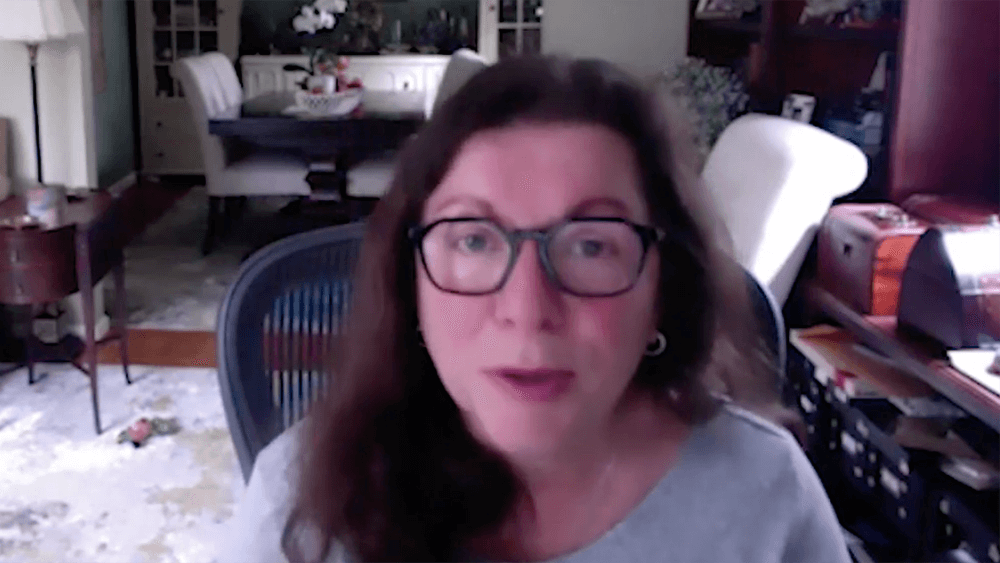
Mila Kostic, CHCP, FACEHP, discusses medical conferences with Alvaro Margolis MD MSc FIAHSI, and John Parboosingh MBChB, BSc, FRCOG, FRCSC, in a workshop during the conference, “Extended Conference Models: Practical Ways to Manage Professional Development Virtually.”
As the pandemic has moved hundreds of thousands of meetings online for the first time, organizers have had to make countless decisions, often within a limited timeframe and without the benefit of having any prior experience or historical context. That challenging experience has been recreated in a simulation exercise that enables participants to follow a fictional conference organizer’s decision path — and choose the best options — when faced with what to do about a 500-attendee conference originally scheduled to be held in person in March 2020.
The link to the simulation is at redemc.net. (Users will be asked to enter their email addresses to access the simulation.)
The exercise is an outgrowth of a four-week-long conference, “Extended Conference Models: Practical Ways to Manage Professional Development Virtually,” which was jointly hosted by the Stanford Center for Continuing Medical Education and Alvaro Margolis, M.D., an internist based in Uruguay, who is president and CEO of EviMed, a medical education company based in Latin America. More than 900 medical education providers participated in a demonstration of an extended medical conference workshop, which featured pre-recorded lectures, live online workshops, and interactive forums, in both Spanish and English. Included in the program were presentations by Margolis, who has a master’s degree in medical informatics and has served as the president of the Global Alliance of Medical Education, also made.
Meeting organizers already are familiar with the impact that moving events online can have on scale, increasing both the number of attendees and the number of participating countries. But, as Margolis wrote in an article published earlier this year in Journal of the European Association for Medical Education, the extended conference model also expands time — conferences can be designed as a series of sessions held over weeks or months in formats that allow participants to access them at their own pace and on their own schedule. The aim of the model is not just to deliver content, but to create networks of learners. “The design of meetings,” Margolis wrote,” can better utilize and integrate technology and reach larger audiences with a blend of formats.”
Along with a greater geographic reach, extended congress models can improve learning by including interactive activities like discussion forums and simulations, Margolis wrote. Simulations, which invite participants to make decisions based on a variety of factors and compare their choices with others, “are very engaging for participants,” Margolis said in an email to Convene, and “a powerful tool to keep participants motivated throughout an eight-week activity.”
Barbara Palmer is deputy editor at Convene.
